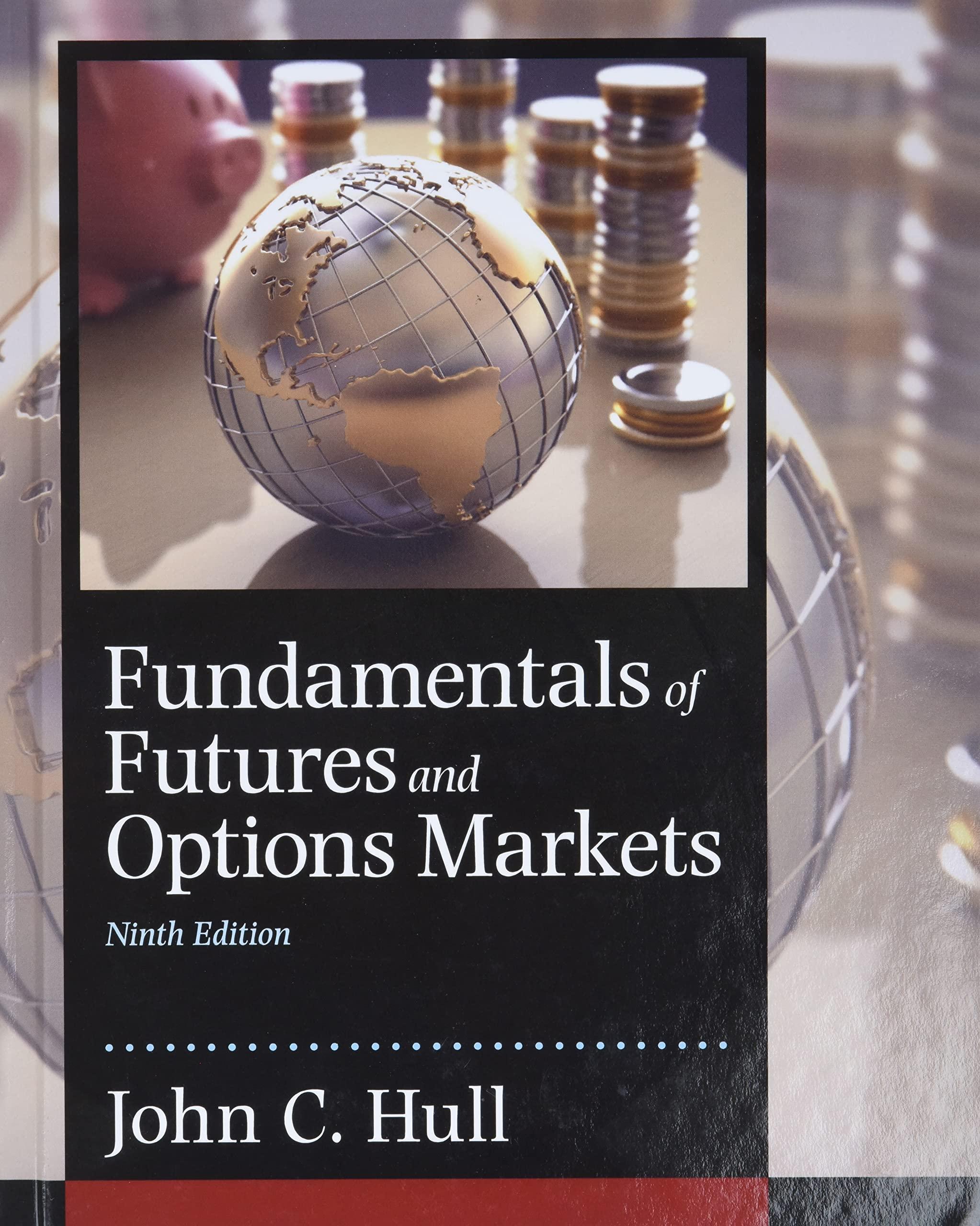Question
1. Assume that interest rate parity holds. The U.S. one-year interest rate is 10% and the Australian one-year interest rate is 8%. What will the
1. Assume that interest rate parity holds. The U.S. one-year interest rate is 10% and the Australian one-year interest rate is 8%. What will the approximate effective yield be for an Australian citizen of a one-year deposit denominated in U.S. dollars? Assume the deposit is covered by a forward sale of dollars.
a. 10%.
b. 8%.
c. 2%.
d. cannot answer without more information
2.
Assume that a U.S. investor invests in a British CD offering a six-month interest rate of 5%. Over this six-month period, the pound depreciates by 9%. The effective yield on the British CD for the U.S. investor is:
a. 14.45%.
b. 4.45%.
c. 14.00%.
d. 4.00%.
3.
Assume that there are several foreign currencies that exhibit a higher interest rate than the U.S. interest rate. The U.S. firm has a higher probability of generating a higher effective yield on a portfolio of currencies (relative to the domestic yield) if:
a. the foreign currency movements against the U.S. dollar are highly correlated.
b. the foreign currency movements against the U.S. dollar are perfectly positively correlated.
c. the foreign currency movements against the U.S. dollar exhibit low correlations.
d. none of the answers above would have any impact on the probability of a foreign cash investment generating a higher effective yield than a U.S. investment.
4.
Which of the following is not a payment method used for international trade?
a. Supplier credit
b. Bill of exchange
c. Bill of lading
d. Letter of credit
e. All of the above are payment methods used.
Step by Step Solution
There are 3 Steps involved in it
Step: 1

Get Instant Access to Expert-Tailored Solutions
See step-by-step solutions with expert insights and AI powered tools for academic success
Step: 2

Step: 3

Ace Your Homework with AI
Get the answers you need in no time with our AI-driven, step-by-step assistance
Get Started


